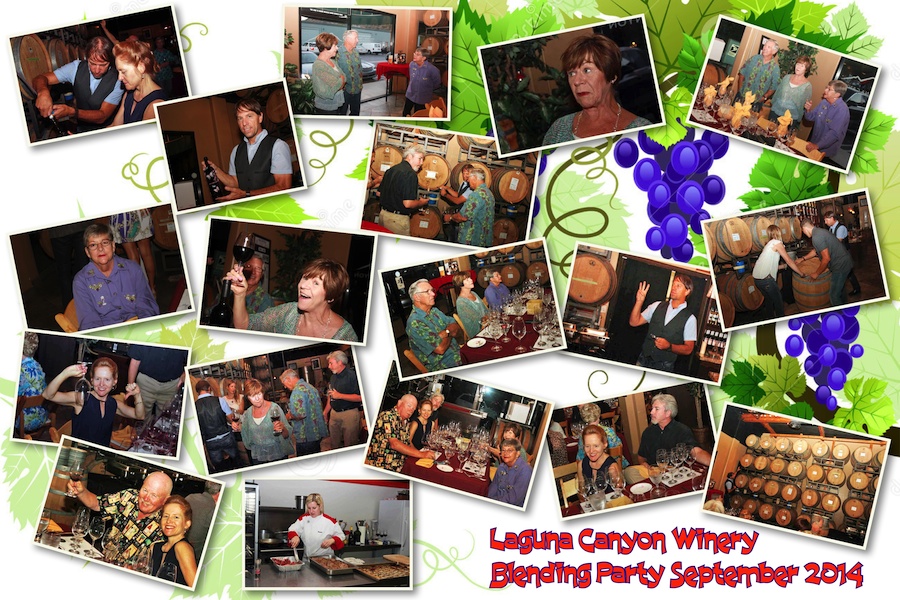Wine Blending Begins At Laguna Canyon Winery (Page One)
The mixing of two or more different parcels of wine together by wine makers to produce a consistent finished wine that is ready for bottling.
Marlowe, the little ol' wine maker, at the Laguna Canyon Winery makes for a great evening of education, fun, friends and - Oh Yes - wine!
Let The Fun Begin!

When we arrived the tables were ready to go!

People began showing up at 6:45
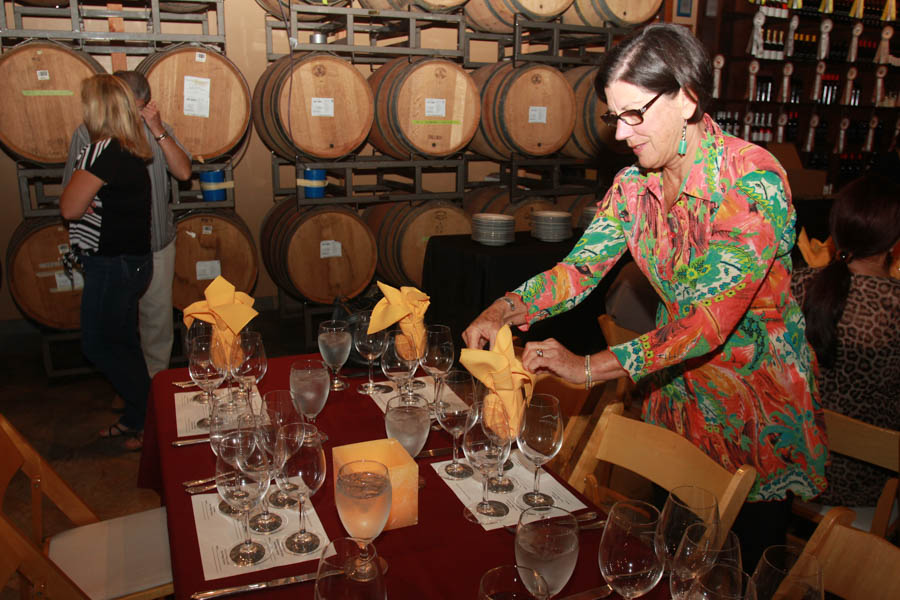
Making napkin flowers is essential for the ambience

We are blending from five of the barrels
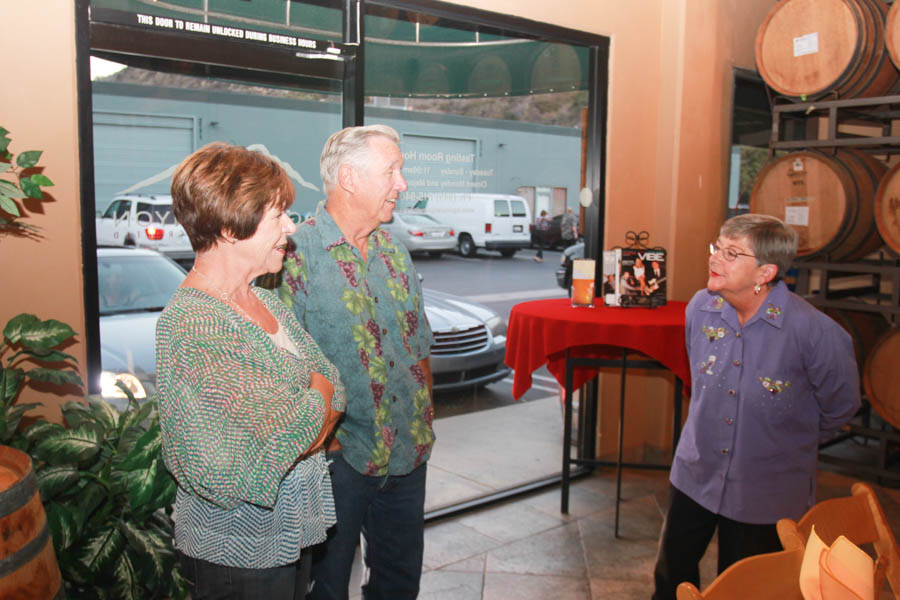
The Roberts arrive and ready to blend
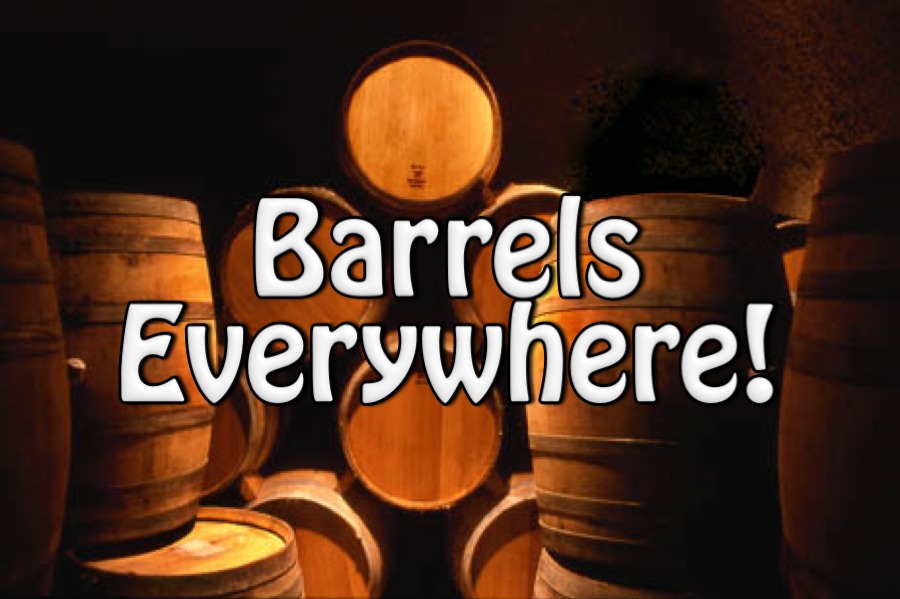

Our glasses were very pretty.. Looked like roses

Marlowe welcomed everyone personally
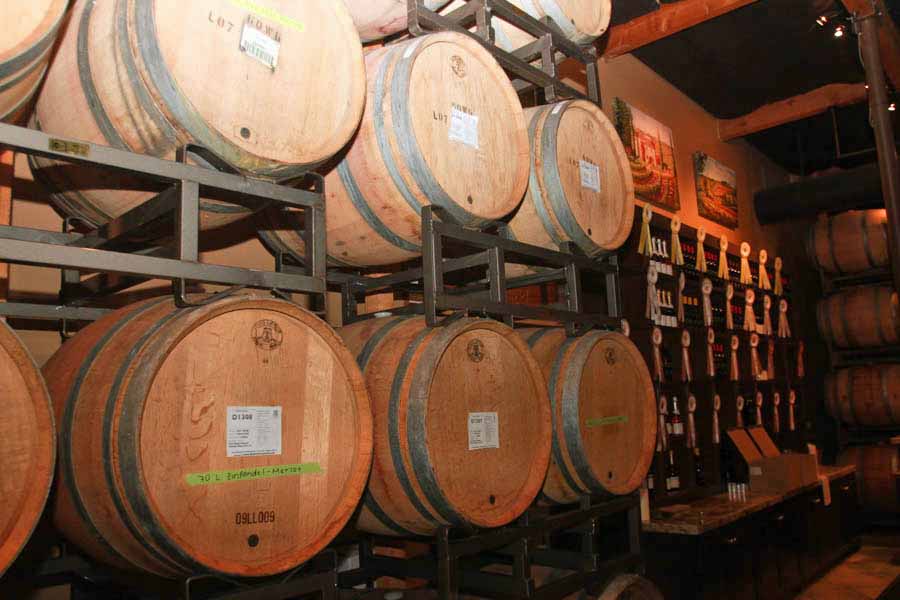
The barrels were ready to pour forth the wonders of wine

Sue explains the "plan of attack"

Kathy looks worried.... Maybe because Paul asked if
she brought her straws to sip form the barrels?
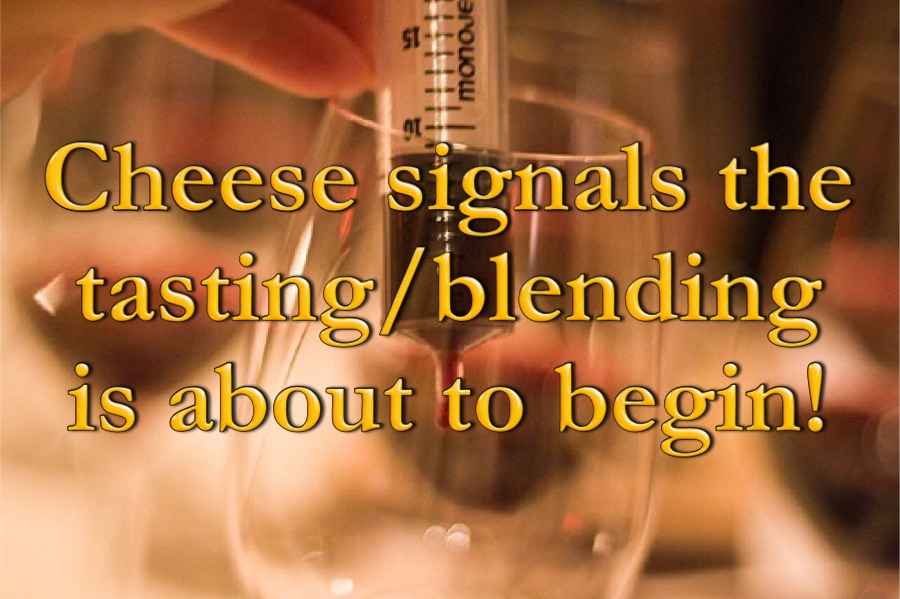
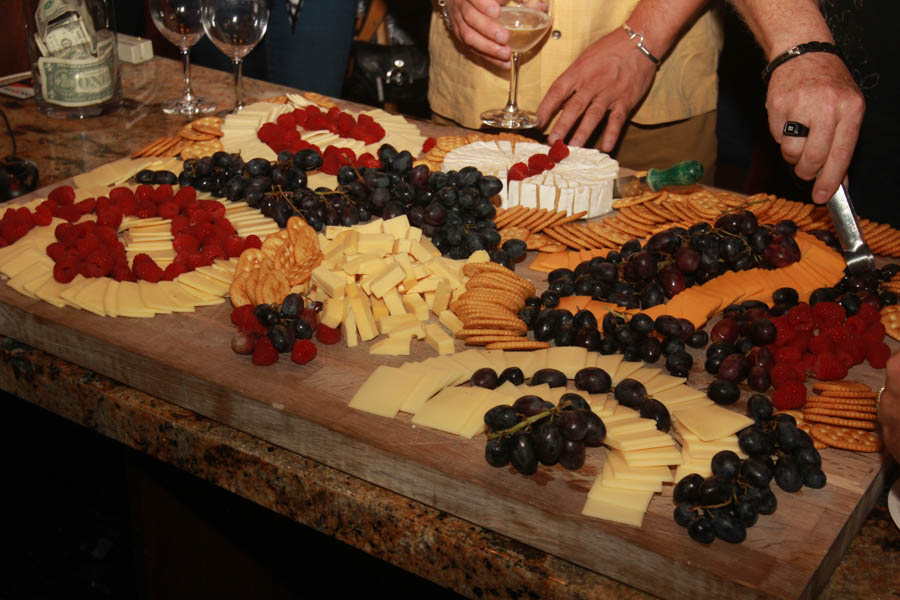
An amazing display of selected cheeses, grapes, raspberries, and olives
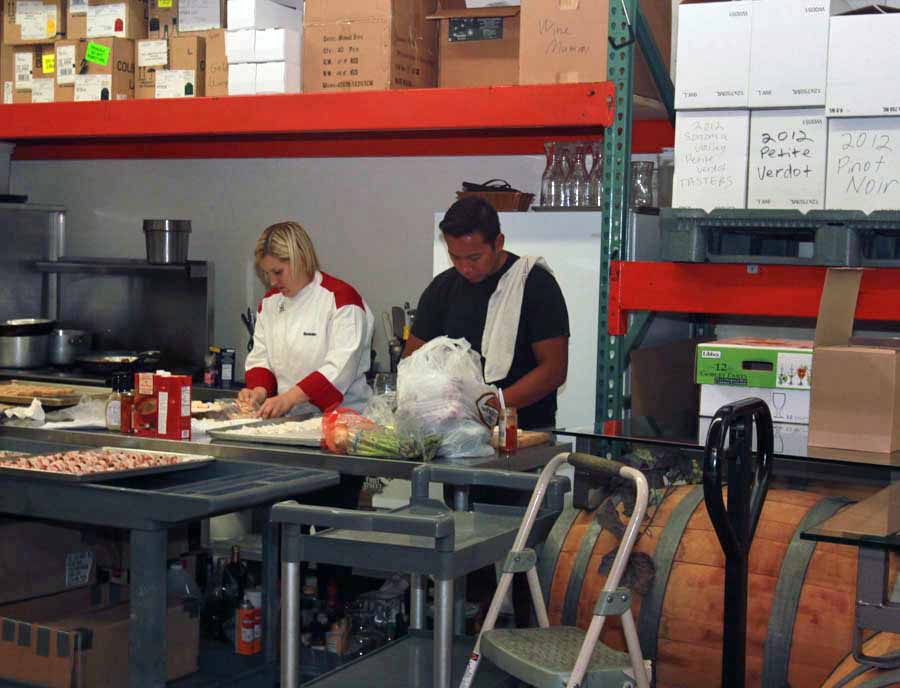
Meanwhile our chef is working hard preparing a delicious meal for the participants
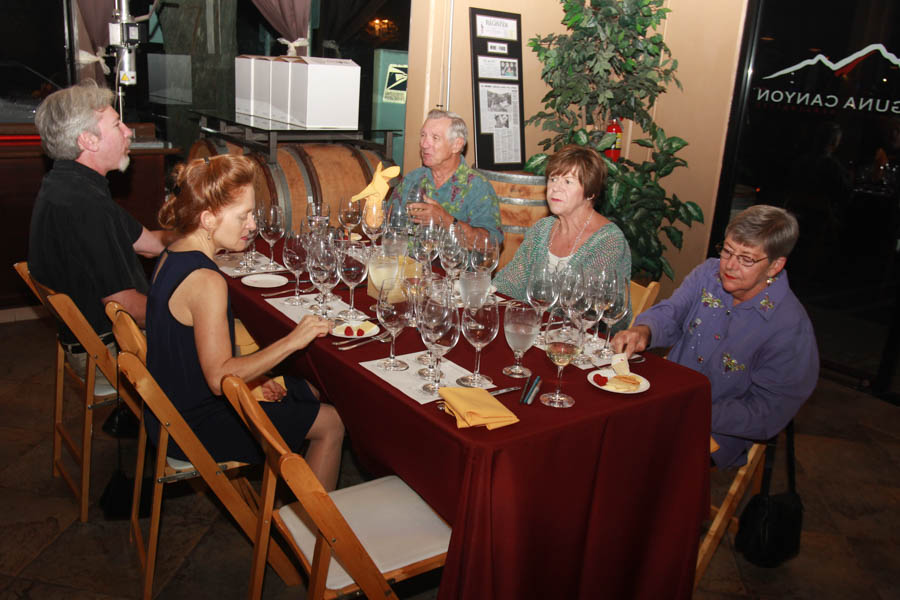
Franklyn and Michele join the party (Our daughter and son-in-law)
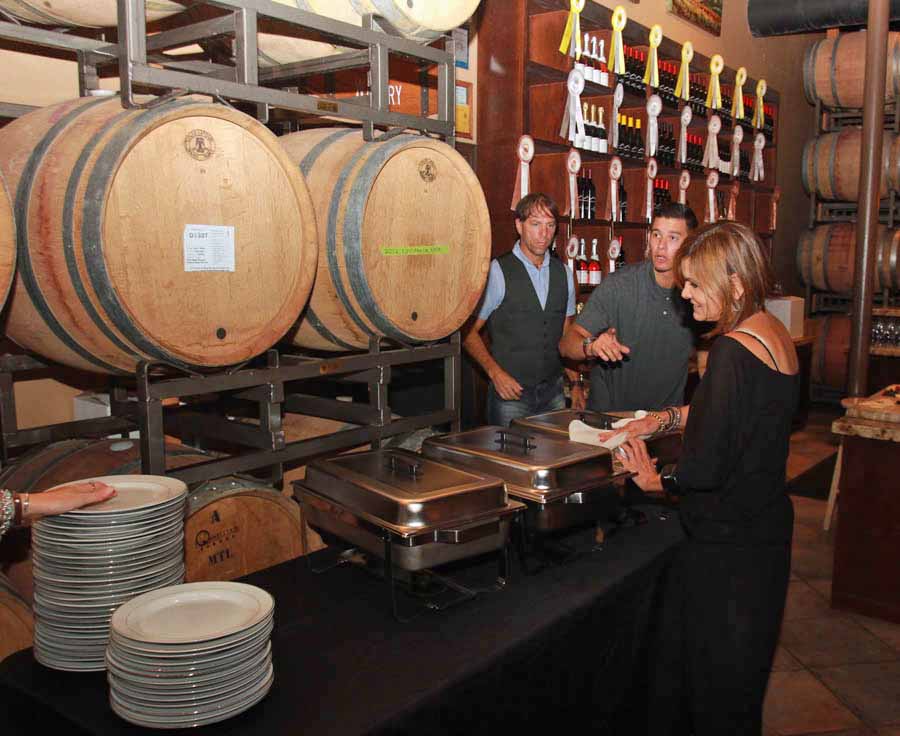
The chafing dishes are warmed up
Did You Know? - A chafing dish (from the French chauffer, "to make warm") is a kind of portable grate raised on a tripod, originally heated with charcoal in a brazier, and used for foods that require gentle cooking, away from the "fierce" heat of direct flames. The chafing dish could be used at table or provided with a cover for keeping food warm on a buffet. Double dishes that provide a protective water jacket are known as bains-marie and help keep delicate foods, such as fish, warm while preventing overcooking.
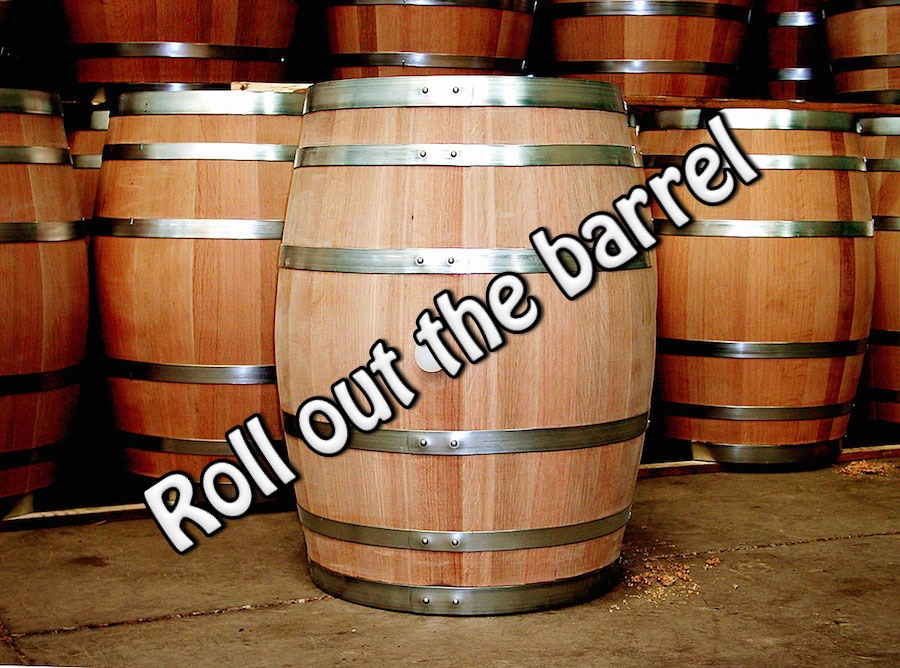

When a winery needs an extra table... The barrel is the answer
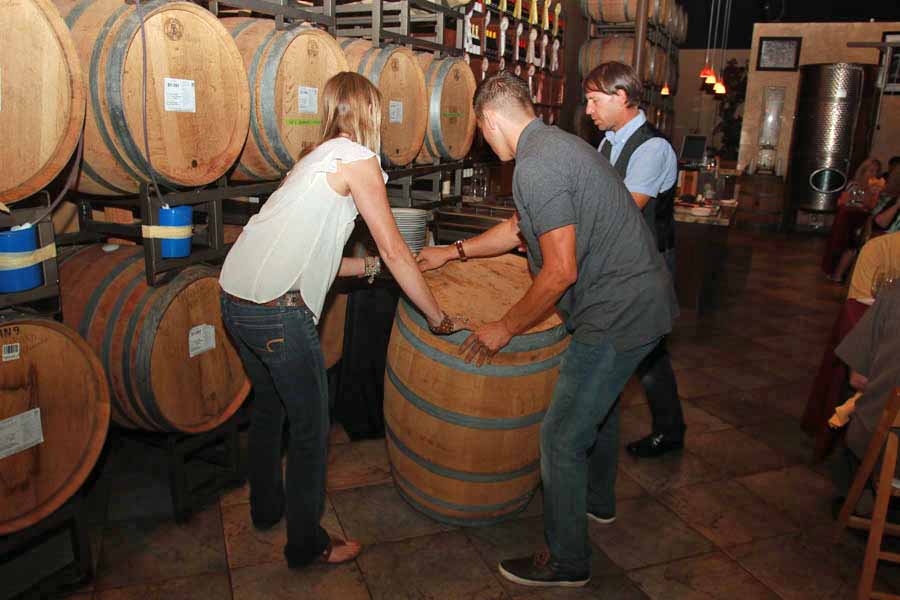
Polka time!!!

Yeah Yeah - The gangs all here
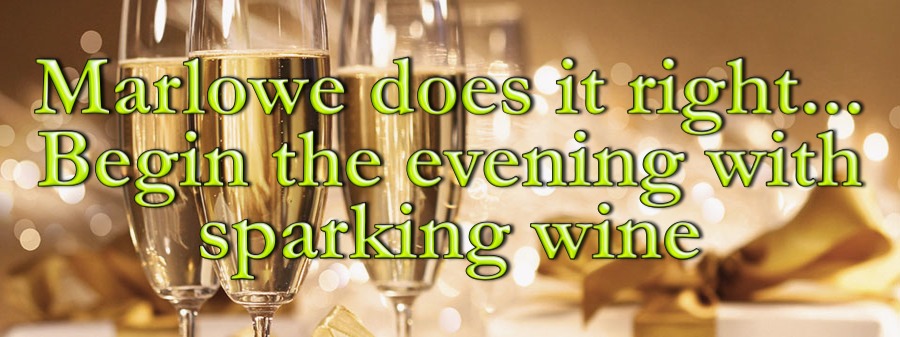
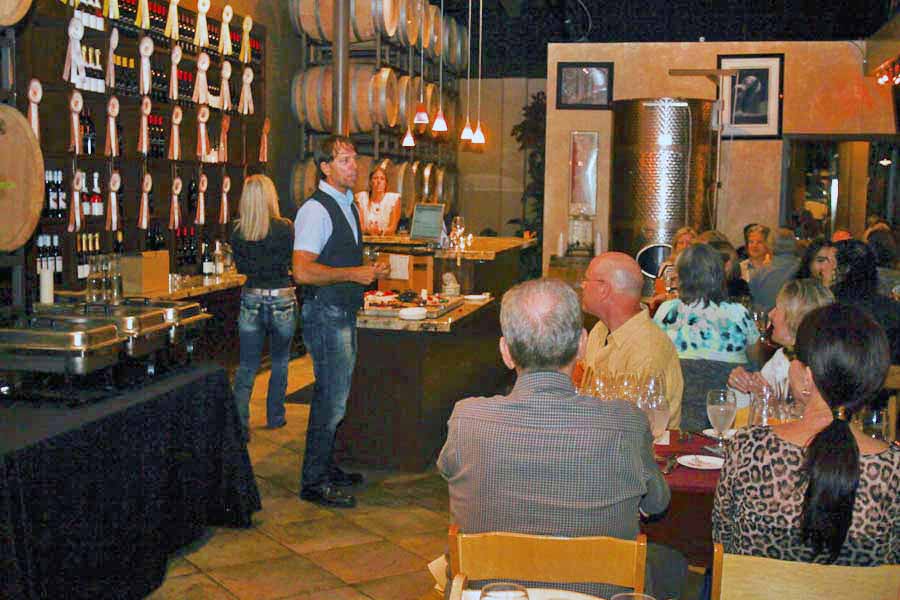
Marlowe questions the guests....
Did You Know? - There are four main methods of sparkling wine production.
The first is simple injection of carbon dioxide (CO2), the process used in soft drinks.
The second is the Metodo Martinotti created and patented by Italian Federico Martinotti (1860-1924) in 1895 and adapted by Eugène Charmat in 1907, a French vine grower in Saint-Pourçain-sur-Sioule, in which the wine undergoes a secondary fermentation in bulk tanks, and is bottled under pressure. This method is used for Prosecco and Asti in particular.
The third method is the traditional method or méthode champenoise.[a] With this method the effervescence is produced by secondary fermentation in the bottle. As the name suggests, this is used for the production of Champagne, but is slightly more expensive than the Charmat process.
The fourth method is the "transfer method". This method will take the cuvée to bottle for secondary fermentation, which allows for the additional complexity, but then will transfer the wine out of the individual bottles into a larger tank after it has spent the desired amount of time on yeast.

"What is the third method???"
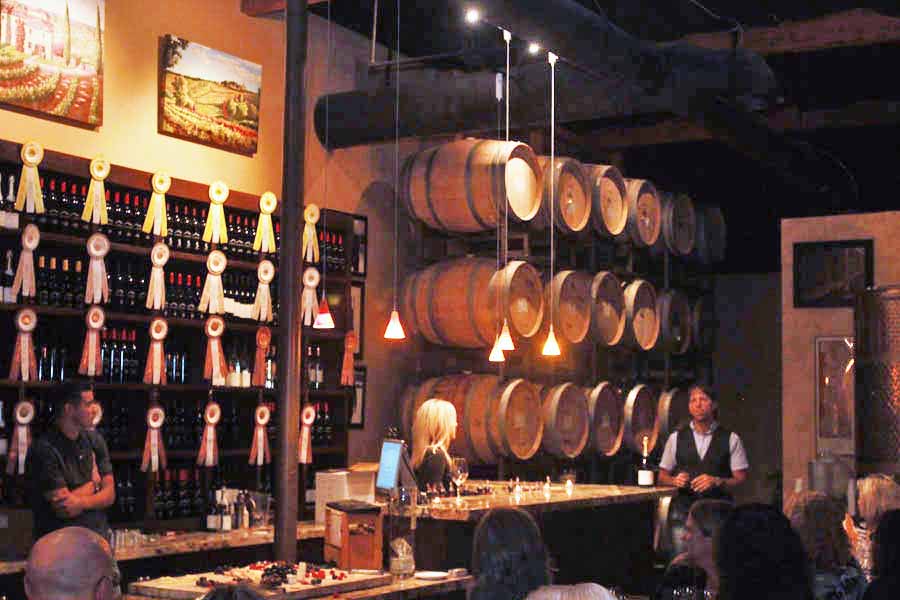
Marlowe and his staff make the evening very enjoyable for all

Like being in school
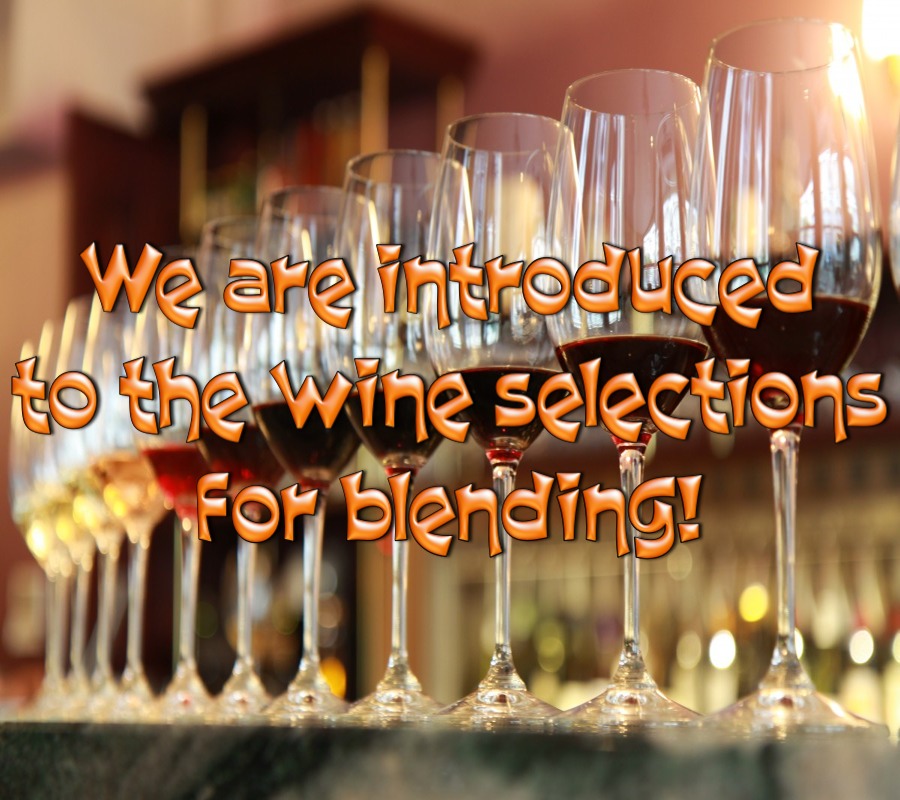
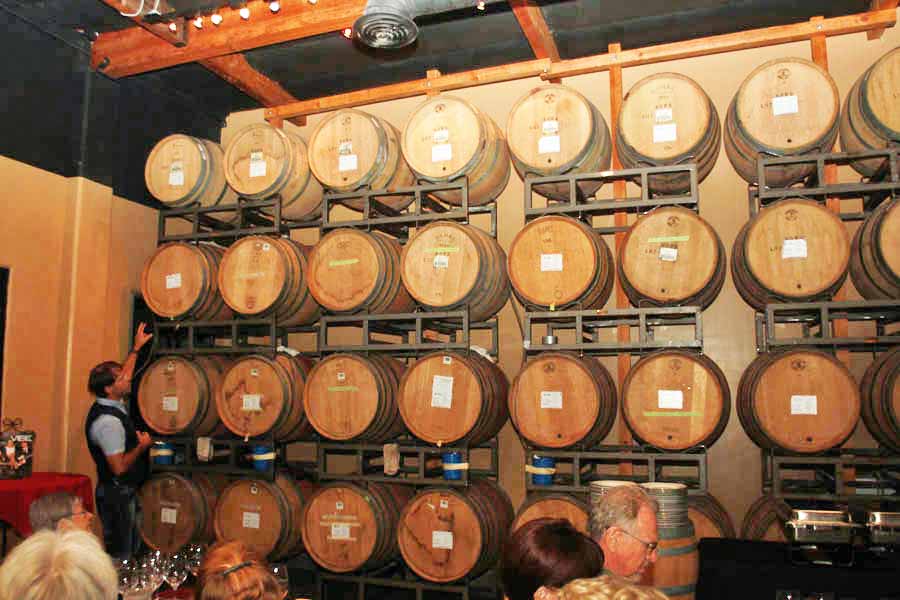
We are told about each of the five barrel contents

Plastic hoses and nozzles drop down form the barrels into the blue baskets
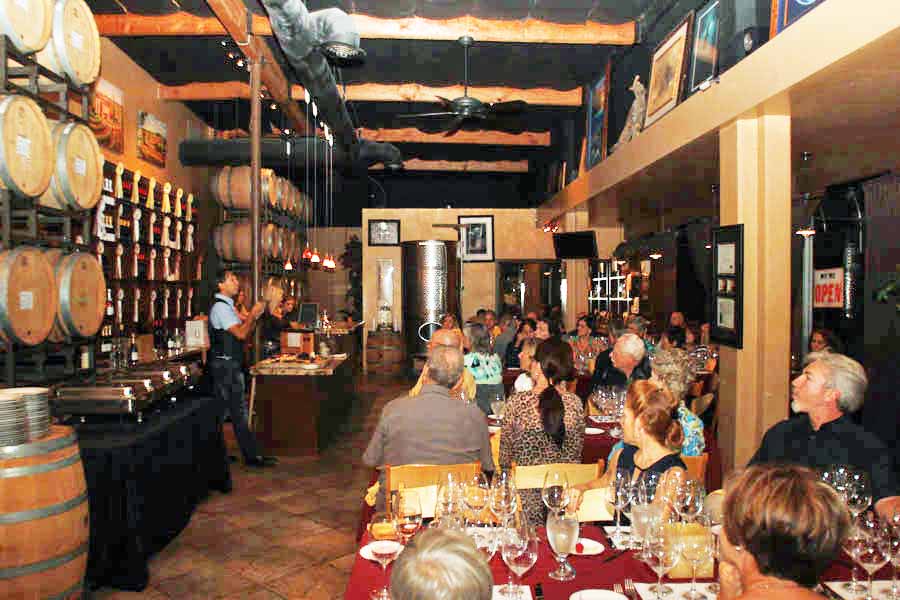
Step #1 - Taste the five selections before deciding what to blend
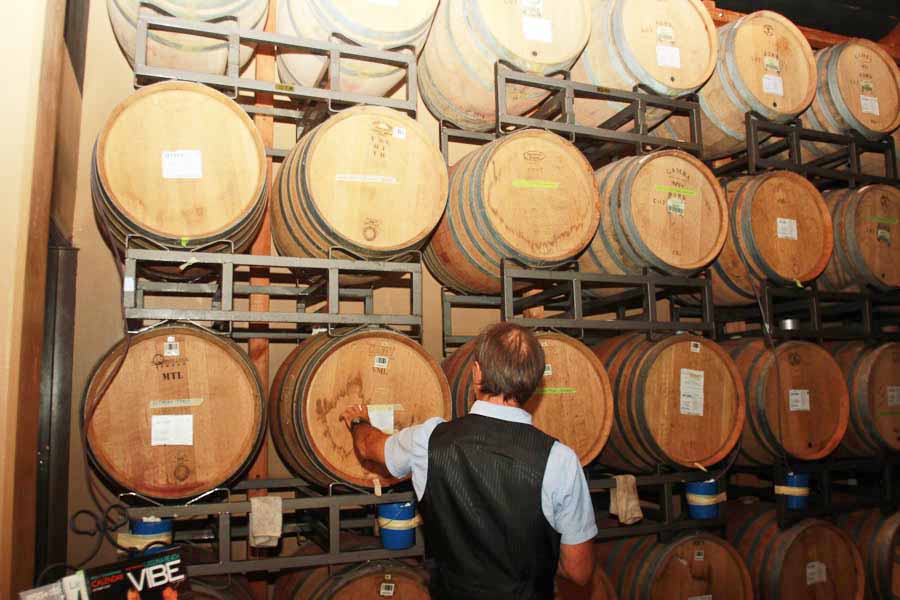
We are introduced to each barrel individually
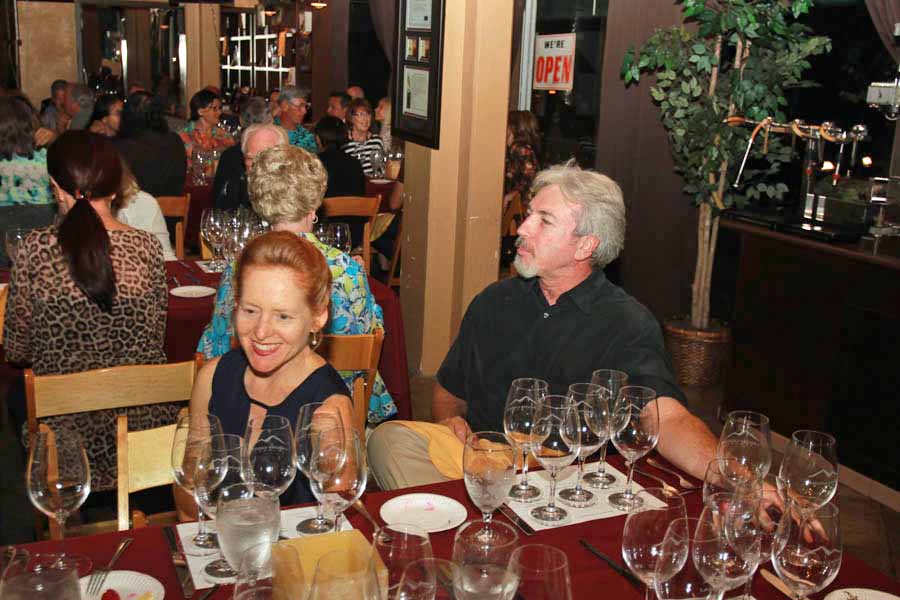
The excitement is building
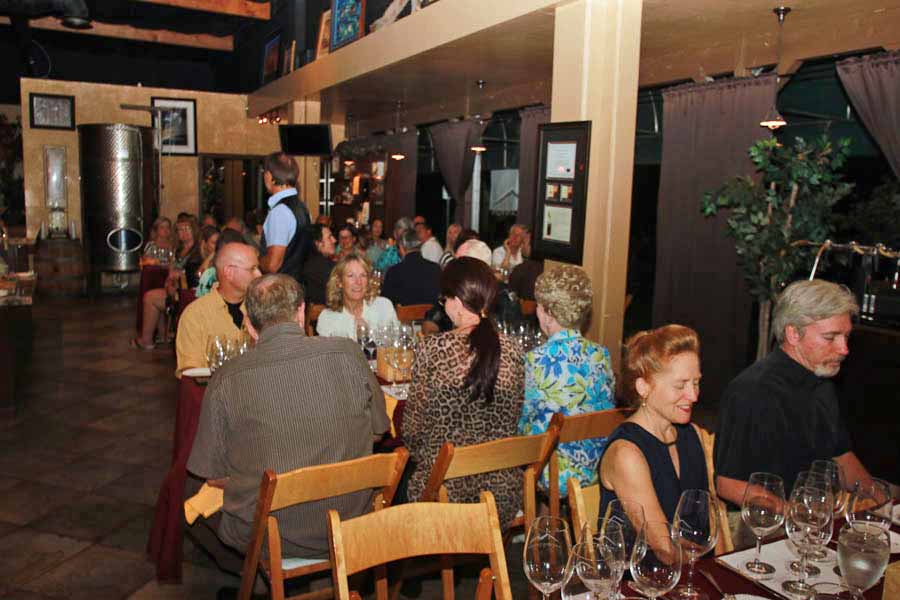
On your mark, get set, go!!!!!
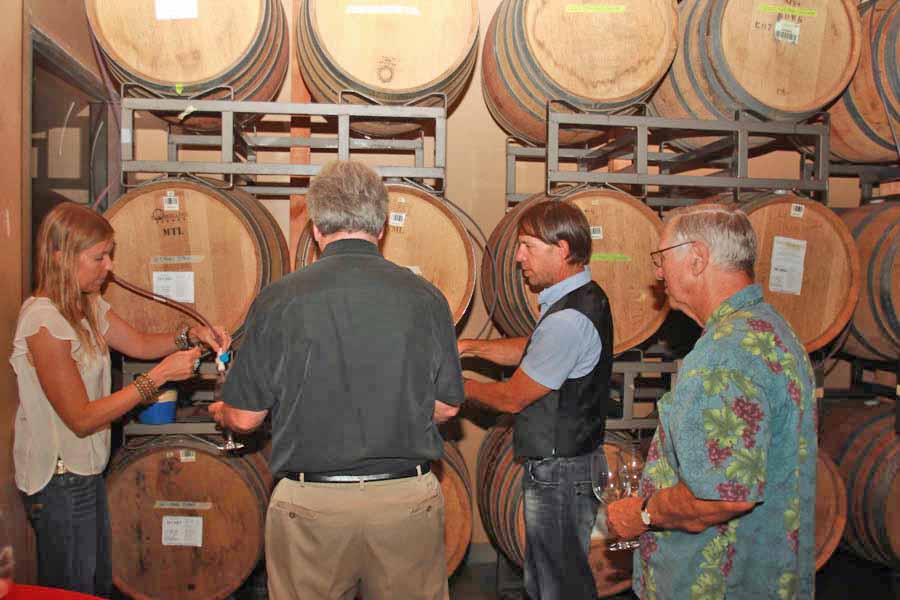
"Filler up!"
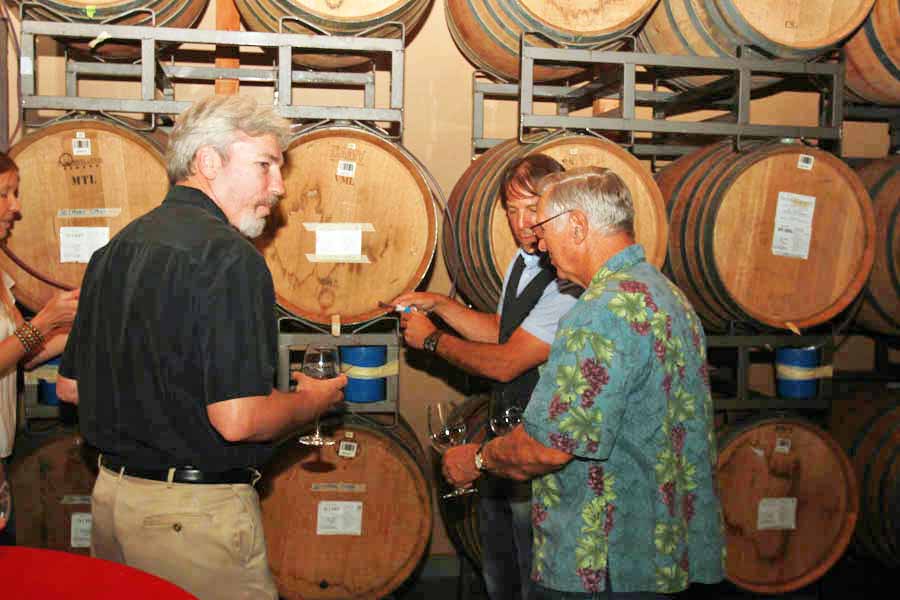
Marlowe and staff spend time with everyone explaining the wines

Then we have the "two fisted drinkers"

"Next!"
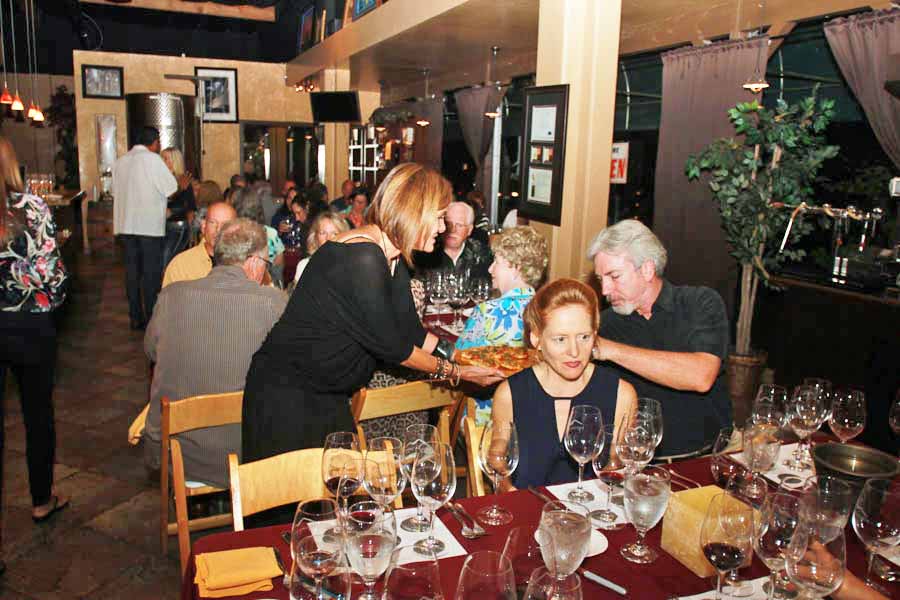
The hors d'ouvers were fantastic
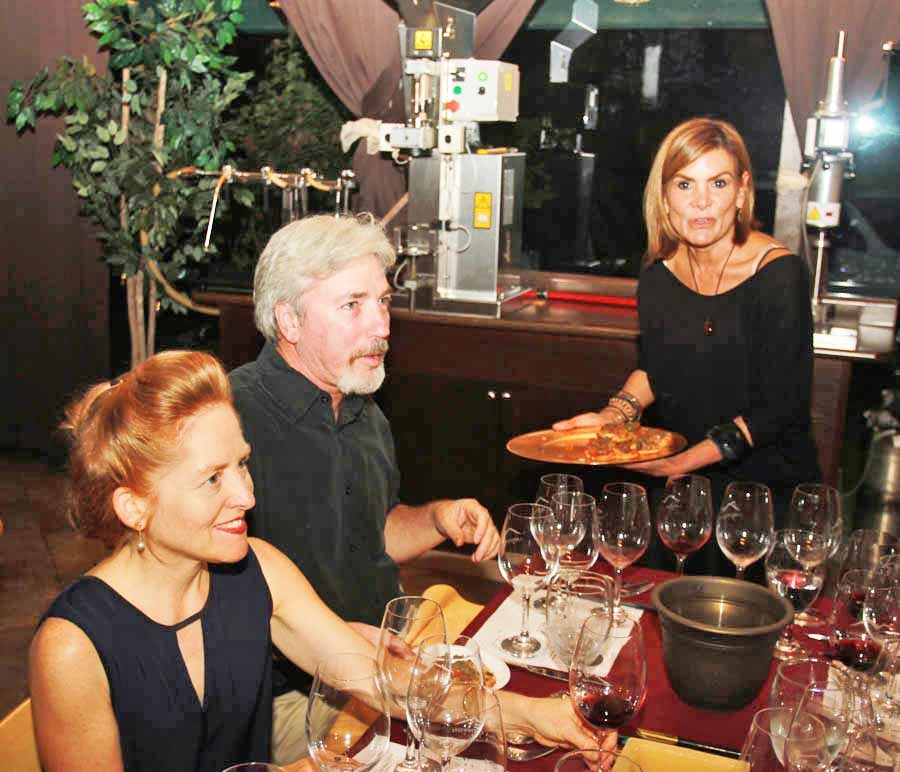
She kept coming by and we kept saying yes... A few calories later
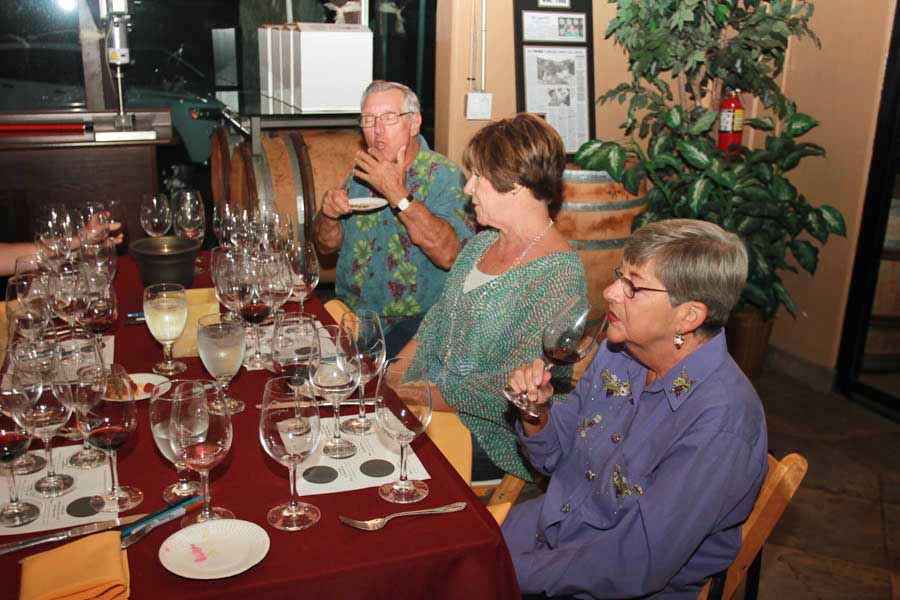
Finger licking good!!
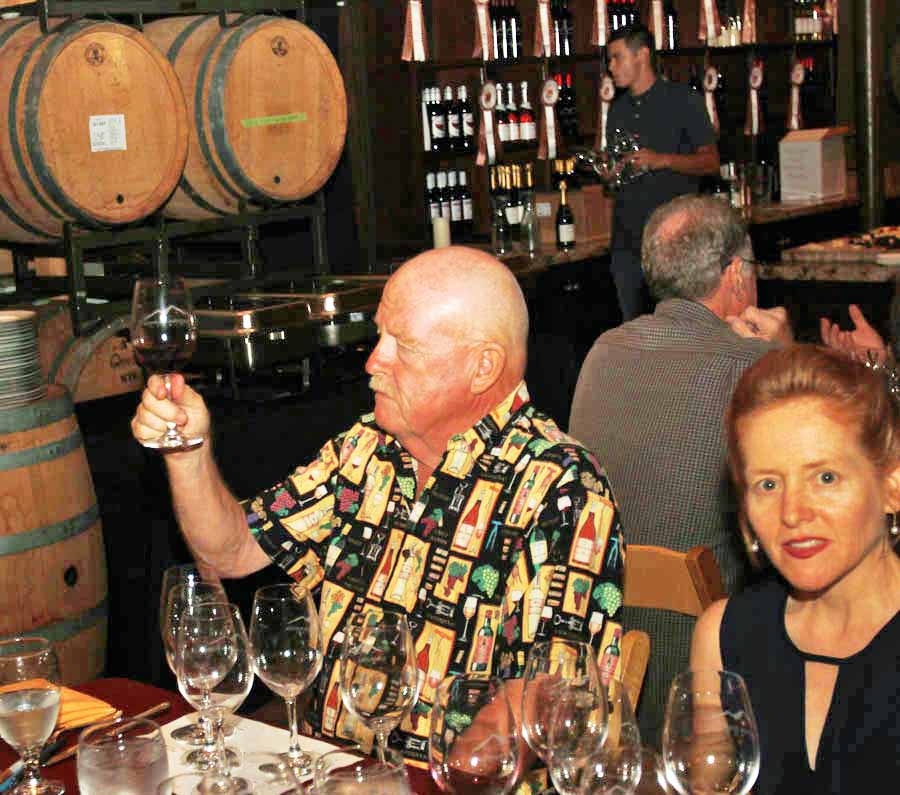
Paul checks out the color.... Amazing reds
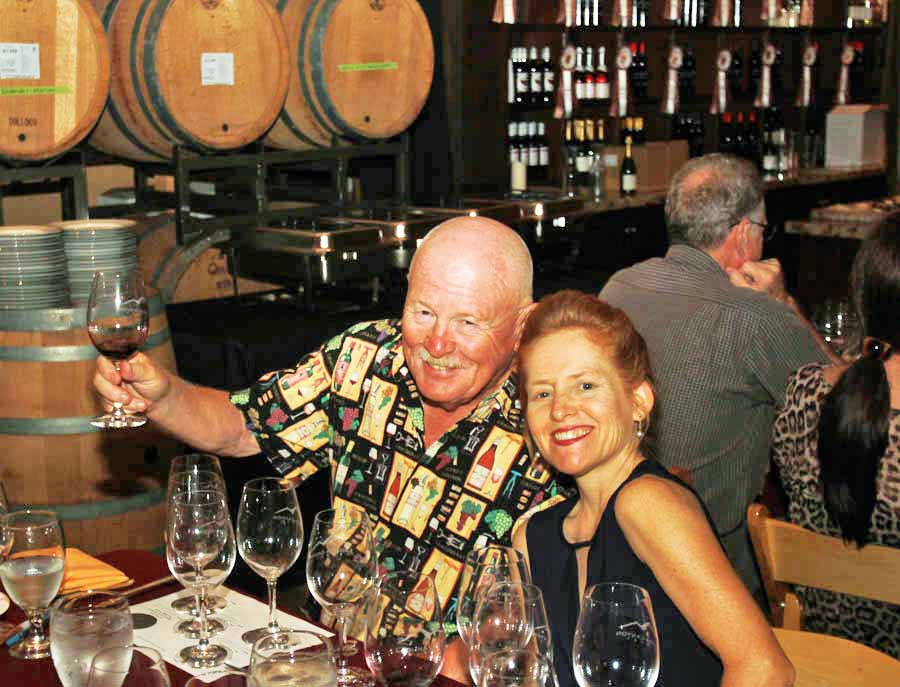
Paul and daughter Michele enjoying the vino!
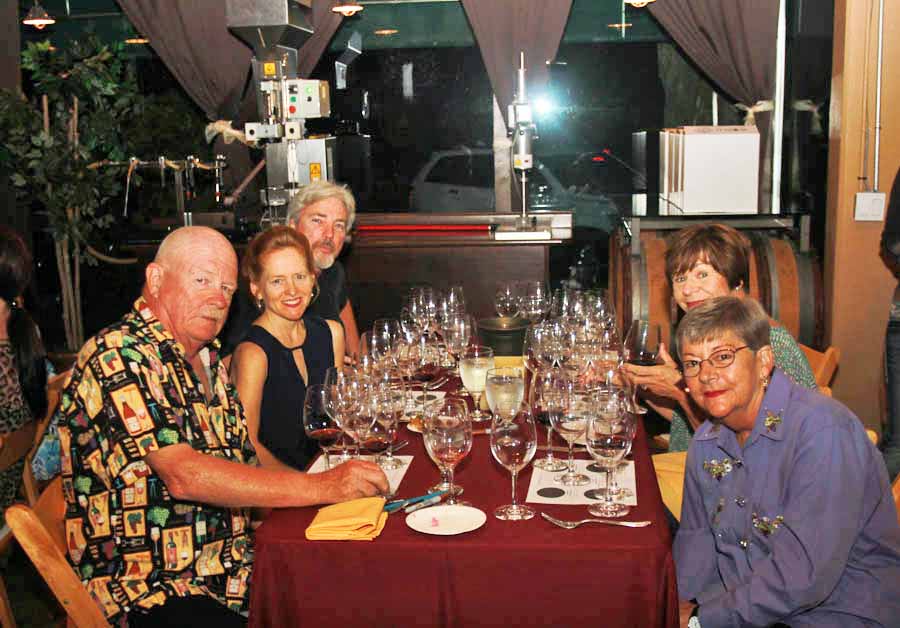
Ed made sure Paul was there
